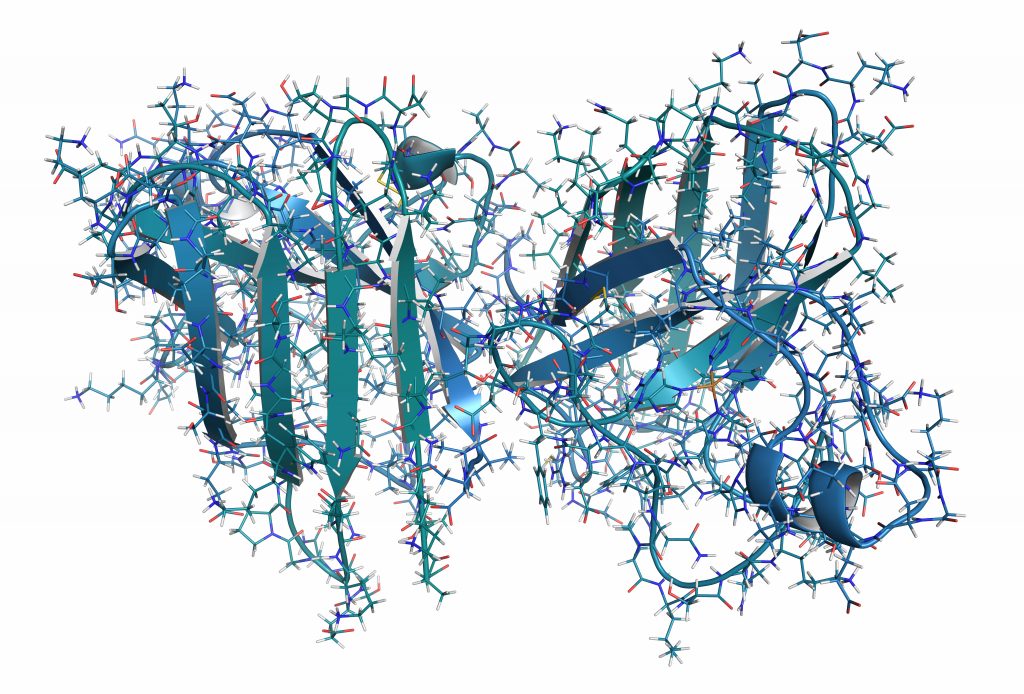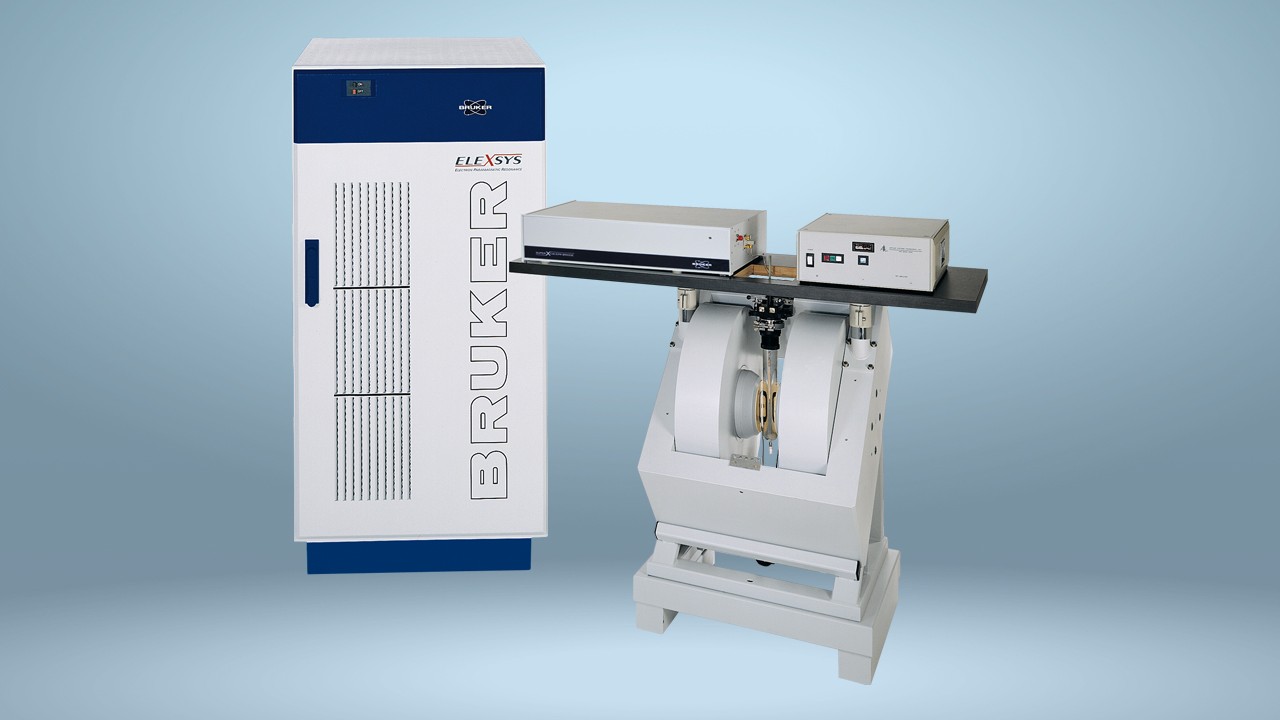

Low Levels of Superoxide Dismutase used for Free Radical Protection in Yeast
“Our results will have implications for understanding the basic redox biology of SOD1 and better inform the treatment of diseases in which SOD1 or redox homeostasis can be targeted”
Many essential physiological processes result in the production of the cytotoxic reactive oxygen species (ROS), such as superoxide and hydrogen peroxide, which in turn serve to provide redox control.
The superoxide ion oxidizes and inactivates iron-containing enzymes, releasing iron in the process. The free iron then forms complexes which in turn promote harmful redox reactions, including the production of hydroxyl radicals from the reduction of hydrogen peroxide. Hydroxyl radicals are highly reactive and cause indiscriminate oxidization. Lipids, proteins, and nucleic acids are all prone to such oxidative damage, which causes membrane disruption, protein misfolding and aggregation, and DNA fragmentation, respectively.
The essential signaling function of potentially damaging superoxide and hydrogen peroxide necessitates a means of ensuring that signaling can be achieved without tissue damage. One of the key detoxification systems employed to regulate the concentration and localization of reactive oxygen species relies on the superoxide dismutase (SOD) enzymes that catalyze the conversion of superoxide radicals into hydrogen peroxide and molecular oxygen.
Two forms of intracellular SOD are present in most eukaryotic cells. One containing manganese, SOD2 is exclusively found in the mitochondrial matrix. SOD1, which contains a copper-zinc complex is present virtually everywhere else, including the mitochondrial intermembrane space.
SOD1 is a highly conserved and abundant metalloenzyme that serves dual roles in oxidative stress protection and redox signaling. It scavenges and neutralizes cytotoxic superoxide radicals producing hydrogen peroxide that can be used to oxidize and regulate the activity of downstream targets. The relative contributions of the two roles of SOD1, however, are poorly understood. Furthermore, it is not understood why such large quantities of SOD1 is produced; it is one of the most abundant proteins, accounting for up to 0.5% of total yeast protein.
Recent research in a yeast eukaryote model indicated that the greatest proportion of SOD1 is used for peroxide-mediated redox signaling outside the mitochondria. The much smaller fraction of SOD1 required for protection against superoxide toxicity is localized to the mitochondrial intermembrane space.
- cerevisiae yeast strains were cultured and analyzed using immunoblotting, enzyme assays, and EPR spectroscopy with a Bruker EMX X-band spectrometer equipped with an ESR900 continuous flow cryostat.
Surprisingly, the results showed that the vast majority of SOD1 is not used for protection against numerous cell-wide markers of hydroxyl radical toxicity, including cellular hydroxyl, loss of Fe-S cluster enzyme activity, increased labile iron, and vacuolar and DNA damage.
The finding that only a minority of total SOD1 is required for defense against reactive oxygen species suggests that the primary physiological role of SOD1 as a superoxide scavenger may need to be reconsidered. However, further investigations are warranted as the authors indicate that another possible explanation could be that high levels of SOD1 are only used for protection when superoxide levels are increased. In the absence of redox stress and reactive oxygen species toxicity, the majority of SOD1 is used for more vital functions unrelated to its role in superoxide scavenging.
This study will prompt the re-evaluation of the physiological role of SOD1 in redox biology to determine what dictates SOD1 to perform its role in peroxide-mediated signaling rather than superoxide scavenging.
References:
Montllor-Albalate C, et al. Extra-mitochondrial Cu/Zn superoxide dismutase (Sod1) is dispensable for protection against oxidative stress but mediates peroxide signaling in Saccharomyces cerevisiae. Redox Biology2019;Volume 21:101064. https://www.sciencedirect.com/science/article/pii/S2213231718307778


